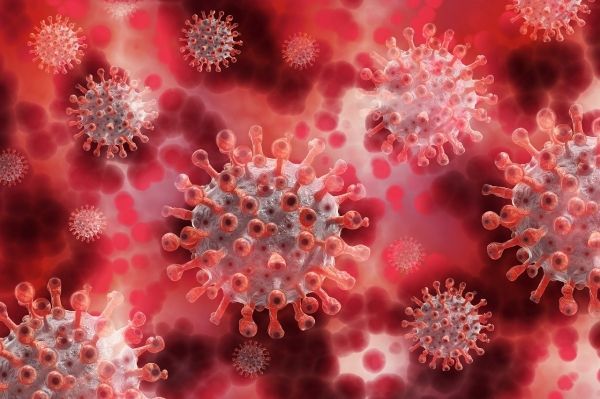As the United States exceeds 5 million reported coronavirus cases — the world’s first country to do so — epidemiologists have pinpointed what helped to set the country on this path.
Research from the University of Notre Dame estimates that more than 100,000 people were already infected with COVID-19 by early March — when only 1,514 cases and 39 deaths had been officially reported and before a national emergency was declared. The study provides insight into how limited testing and gaps in surveillance during the initial phase of the epidemic resulted in so many cases going undetected. The study was published in the Proceedings of the National Academy of Sciences.
“We weren’t testing enough,” said Alex Perkins, associate professor in the Department of Biological Sciences, an expert in infectious disease epidemiology and population biology and the lead of the study. “The number of unobserved infections appears to be due to very low rates of case detection during a critical time, when the epidemic was really starting to take hold in this country. Part of it was the availability of testing, but another huge part was case definitions and the fact that they were overly restrictive early on.”
According to the Centers for Disease Control and Prevention, the first confirmed case of COVID-19 in the United States was reported in January. Early guidance on identifying possible infection included respiratory symptoms, and travel to Wuhan, China — where an outbreak occurred in December 2019.
Read more at University of Notre Dame
Photo Credit: geralt via Pixabay


